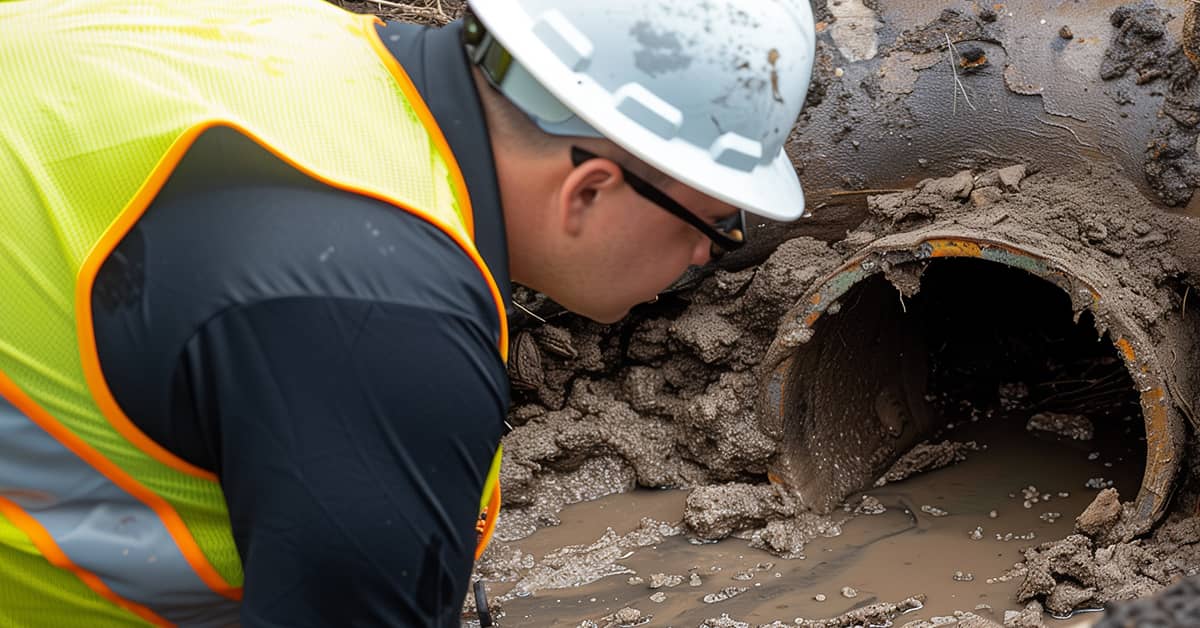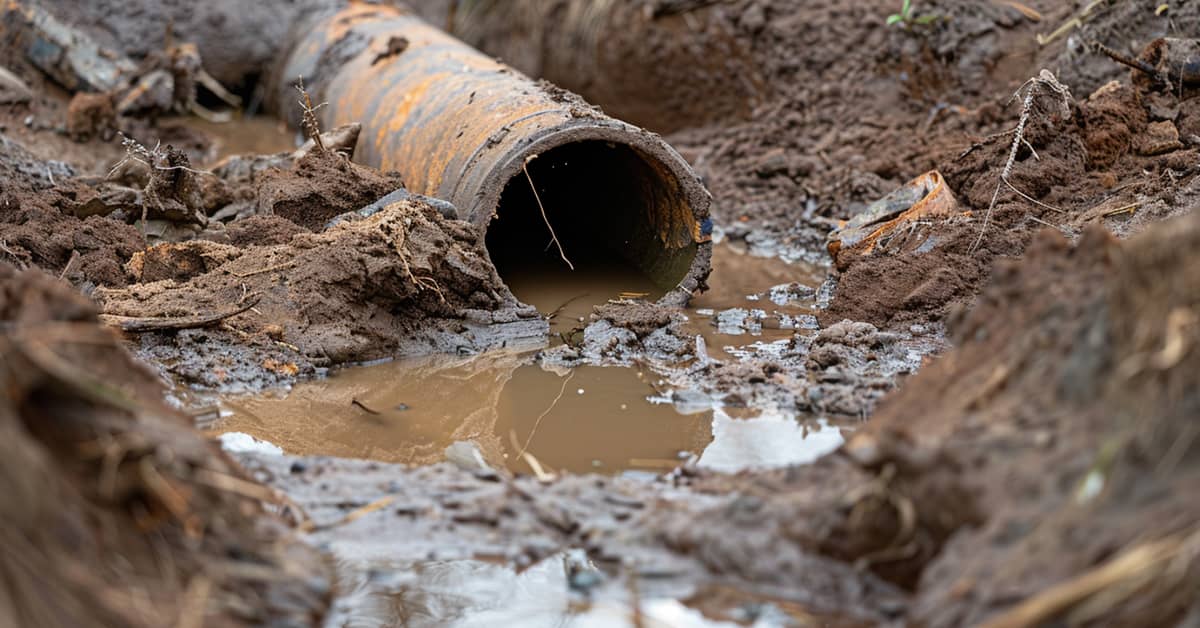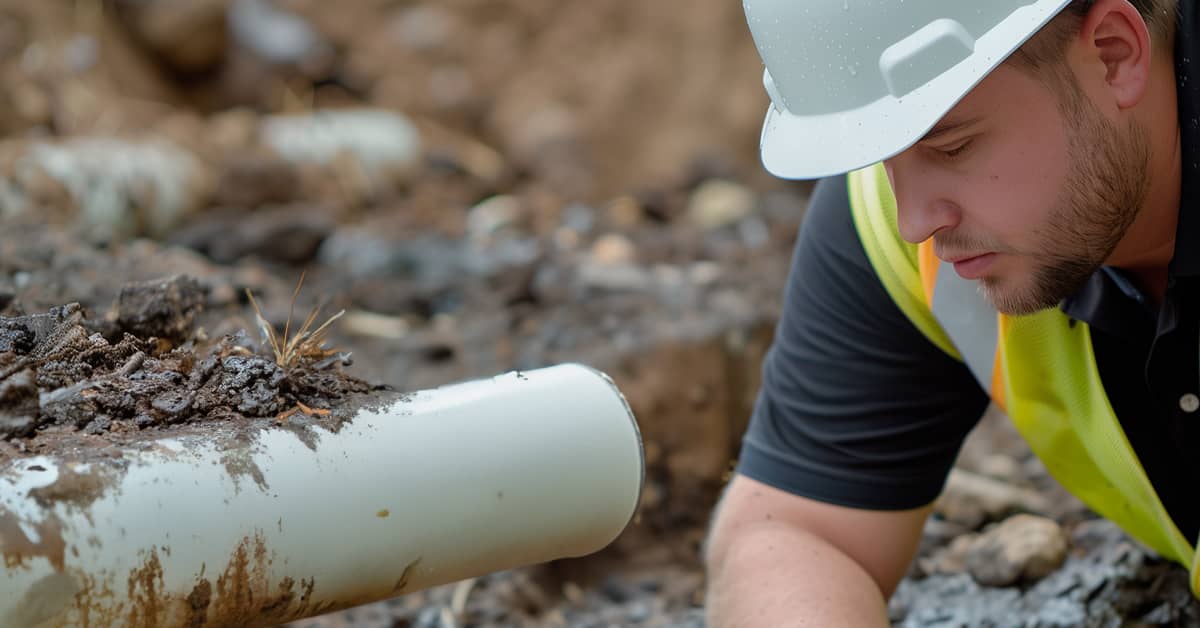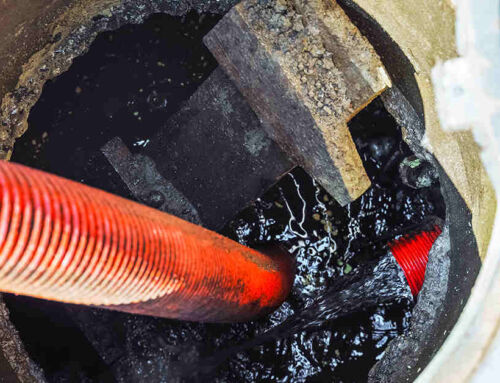Jump to…
Experience the Unblockers Difference
No call-out charges
Emergency response call-outs available
Available anytime 24/7
Expert, local engineers
Fixed price, no hidden charges

Dealing with drainage issues can be daunting, especially if you suspect a collapsed drain. Understanding the signs and addressing them promptly can save you from extensive damage and costly repairs.
A collapsed drain occurs when the structural integrity of the drainage pipe fails, causing it to break or cave in. This often results from ageing pipes, ground movement, or external pressures like heavy vehicles or construction activities.
One of the most telling signs of a collapsed drain is slow draining water. If water takes longer to drain from your sinks, bathtubs, or toilets, it could indicate a blockage caused by a collapsed pipe. Unpleasant odours are another common indicator. The buildup sewage and waste emits foul smells that can permeate your home or garden, posing health risks.
Water seeping from a collapsed drain can saturate the surrounding ground, leading to damp patches or waterlogged areas in your garden. Indoors, this might manifest as damp walls or floors, potentially causing mould growth and structural damage. Observing unexplained dampness should prompt a thorough inspection of your drainage system.
Severe cases of collapsed drains can cause the ground above the damaged pipe to sink, forming sinkholes. Cracks in walls, driveways, or pavements can also indicate underlying drainage issues. These structural changes require immediate professional attention.
Rodent infestations can be linked to collapsed drains, as damaged pipes create entry points for rodents. If you notice increased rodent activity, it could be due to a collapsed drain.
Recognising these signs and seeking professional help at the first indication of trouble is crucial. For expert assistance and reliable drainage solutions, contact our team at unblockers.net today.
What is a Collapsed Drain?
A collapsed drain occurs when the structural integrity of the drainage pipe fails, causing it to break or cave in. This can lead to severe blockages, leaks, and extensive damage to your property if not addressed promptly. Collapsed drains are often caused by ageing pipes, ground movement, or external pressures like heavy vehicles or construction.
Signs of a Collapsed Drain
Slow Draining Water
One of the most common signs of a collapsed drain is water draining slowly from sinks, baths, or toilets. This happens because the collapsed section of the pipe obstructs the normal flow of water, causing backups.
Unpleasant Odours
A collapsed drain can lead to sewage and waste buildup, which emits foul odours. If you notice persistent unpleasant smells around your home or garden, it could be an indication of a collapsed drain.
Damp and Waterlogged Areas
Water seeping from a collapsed drain can saturate the surrounding ground, leading to damp patches or waterlogged areas in your garden or lawn. Indoors, you might notice damp walls or floors.
Sinkholes and Cracks
Severe cases of collapsed drains can cause the ground above the damaged pipe to sink, forming sinkholes. Additionally, you may see cracks in walls, driveways, or pavements, which could indicate underlying drainage issues.
Rodent Infestations
Damaged drains can create entry points for rodents. If you suddenly notice an increase in rodent activity around your property, it could be due to a collapsed drain providing easy access.

How Do They Fix a Collapsed Drain?
Fixing a collapsed drain typically involves one of the following methods:
- Excavation and Replacement: This traditional method involves digging up the damaged pipe and replacing it with a new one. While effective, it can be disruptive and costly.
- Pipe Relining: A less invasive technique where a resin-soaked liner is inserted into the damaged pipe and then inflated to form a new pipe within the old one. This method is quicker and requires less digging.
- Pipe Bursting: This involves breaking the old pipe while simultaneously pulling a new pipe into place. It’s a more efficient method than traditional excavation but may not be suitable for all situations.
Can You Fix a Collapsed Drain Without Digging?
Yes, some methods allow for the repair of a collapsed drain without extensive digging. Techniques like pipe relining and pipe bursting are less invasive and can be completed more quickly than traditional excavation.
Is a Collapsed Drain an Emergency?
A collapsed drain can be considered an emergency, especially if it leads to significant water damage, sewage backup, or poses a health risk. Immediate attention is necessary to prevent further damage and restore proper drainage.

Conclusion
Identifying and addressing a collapsed drain promptly is crucial to preventing extensive damage and costly repairs. If you suspect your drain has collapsed, look for the signs mentioned above and contact a professional drainage service to assess and fix the problem.
FAQs
1.0 What are the signs of a collapsed drain?
Signs include slow draining water, unpleasant odours, damp and waterlogged areas, sinkholes and cracks, and rodent infestations.
2.0 How do they fix a collapsed drain?
Methods include excavation and replacement, pipe relining, and pipe bursting.
3.0 Can I clean my septic tank myself?
While you can perform basic maintenance, it is recommended to hire professionals for thorough cleaning and inspections.
4.0 What happens if I don’t clean my septic tank regularly?
Neglecting septic tank maintenance can lead to system overflows, blockages, and environmental contamination, resulting in costly repairs and health hazards.
5.0 Are there any products that can help maintain my septic tank?
Look for signs such as waterlogged patches in the garden, sinkholes, cracks in pavements, and unusual rodent activity.
6.0 Collapsed drain: who is responsible?
Typically, homeowners are responsible for drains within their property boundaries. However, drains shared with neighbours or those outside your boundary may fall under the responsibility of local water authorities.
7.0 Collapsed drain repair cost UK
Costs can vary widely depending on the method used and the extent of the damage. Pipe relining is generally less expensive than full excavation and replacement.
8.0 How long does it take to fix a collapsed drain?
The duration depends on the repair method. Pipe relining and pipe bursting can take a few hours to a couple of days, while full excavation might take longer.
9.0 Can a collapsed drain cause subsidence?
Yes, a collapsed drain can lead to subsidence if it causes significant ground movement or erosion around the foundation of a building.
10.0 Collapsed drain under extension
Repairing a collapsed drain under an extension can be complex and may require professional assessment to determine the best approach, potentially involving excavation or non-invasive methods.
11.0 What does a collapsed drain look like?
Collapsed drains are typically characterised by broken, caved-in pipes that obstruct the flow of water and sewage. Visual signs may include cracks or dips in the ground or pavement above the drain.
Related Articles
READY TO MAKE YOUR ENQUIRY?
Get a quote for a drainage callout
Get a quote for a drainage callout
We have drainage engineers in your area now offering availability today.
Just leave a few details and our friendly drainage service team will call you right back.
We have drainage engineers in your area now offering availability today.
Just leave a few details and our friendly drainage service team will call you right back.
"*" indicates required fields

Need to speak to us right away? We have local engineers available now. Call 0808 303 0050
“Outstanding Service & Fast Repair”





